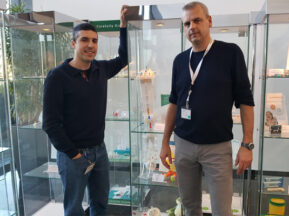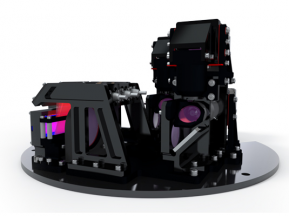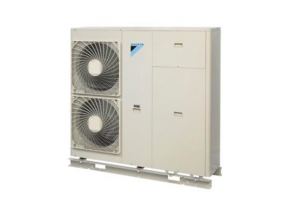Redesign locking mechanisms for casthouse
Safety is a top priority for Novelis. In their search for continuous improvement employees at Novelis are constantly on the lookout for safety enhancements. A great example is what was done at the casthouse, where we added or redesigned locking mechanisms to prevent accidents during maintenance.
The first mechanism will lock a 1,5 ton heavy steel gutter in its upright position. The gutter is used to transport liquid aluminum from the melting to casting oven. Two hydraulic cylinders lift the gutter up during maintenance of the melting oven. To prevent the gutter from falling down – in case of hydraulic pressure loss or steering error – it needs to be locked in this upright position.
The locking mechanism has to withstand the cylinder’s full force and the weight of the gutter, which comes down to about 80kN. The mechanism must be designed to quickly engage the workers with a minimum effort.
Strength and ergonomics are 2 key features to take into account in a design like this.
The chosen design includes 2 steel pins of 40mm which will come out either side when a handle is pulled down 90°. The handle must be locked with a padlock. The key is stored in a cabinet that is locked once again by everyone who is working on the site, to ensure the safety of the workers until everyone has left the site.
There are 2 key features to take into account in a design like this: strength and ergonomics. The most important is the locking mechanism, which must be strong enough. The pins, guide parts, bolted connections and welds must all experience the necessary strength calculations. Secondly, it must be easy and quick to engage, without using excessive force. So all parts must be chosen and machined to ensure minimal friction.
The second locking mechanism is also used to lock a gutter, one that is attached to the casting oven. This gutter must be lifted up and locked in place when the oven is lifting itself up to prevent the gutter from crashing into surrounding support beams.
In this case, there already was a locking mechanism present, but the original design showed signs of plastic deformation.
The concept is very simple: a hooked bar attaches the lifted gutter and ensures it stays in that position. A spring powered latch locks the bar in place to prevent the bar from being pulled up again when it is not allowed yet. This latch must again be locked with a padlock.
Any questions on this post? Submit them below and we’ll get back to you soon!




